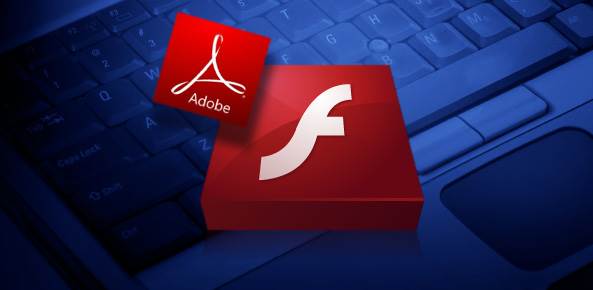They hog resources, take too long to load and are often embedded with malware. That’s why Google is planning to phase out Adobe Flash videos in its Chrome Web browser by the end of this year.
Google disclosed its plan to ditch the multimedia player in a proposal that was published on its Chromium-dev Google Groups page last week. Instead, Chrome will transition to HTML5 as its default media player. HTML5 is a markup language that supports multimedia content.
The tech giant recently announced that Chrome would join Microsoft’s Edge browser and Apple’s Safari and automatically pause Adobe Flash content not essential to Web pages such as advertisements. Chrome started automatically blocking Flash-powered ads late last year, and Google has said the ads will be completely banned by January 2017. However, despite the coming phase-out, the software that plays Flash video will still come bundled with Chrome.
Automatically Blocked
After the change has been implemented, Flash content in most Web sites loaded in Chrome will be automatically blocked. When users visit one of those sites, a popup will ask them if they would like Flash to be enabled on that site. Users can still see the Flash content if they would like, but only if they specifically choose to access it. If they OK the content, Chrome will remember and will run Flash on that specific Web site in the future. Chrome will automatically run HTML5 on all other Web sites that offer it.
Chrome will also be adding policy controls to let enterprises select the appropriate experiences for their users, including the ability to completely disable the new feature.
To ease the transition, Flash will temporarily be whitelisted on the 10 most popular Web sites that Chrome users visit: YouTube, Facebook, Yahoo, VK.com, Live.com, Yandex.ru, OK.ru, Twitch.tv, Amazon, and Mail.ru. After a year, Flash will be blocked on those domains as well.
Do It Yourself
Users who would rather not wait for the phase-out can enable Chrome’s settings to block Flash. They can do so by going to Chrome’s settings page, accessible by clicking the icon showing three horizontal lines that appears in the corner of the browser. From there, click Advanced Settings, then Content Settings (under Privacy). The option “let me choose when to run plugin content” will block all Flash content until the user right clicks on it and chooses to have it enabled.
Google is hoping that phasing out Flash will encourage more sites and developers to adopt HTML5 as the standard means for displaying multimedia content.
Flash has existed in various forms since the mid-1990s. But it has faded in popularity because of its numerous bugs and security vulnerabilities. In fact, 316 bugs were discovered and fixed in Flash in 2015 and 113 of those flaws were found in the last three months of the year. Malware authors have often used Adobe Flash files to hide their creations’ data.
Image Credit: Screenshots via Adobe.







